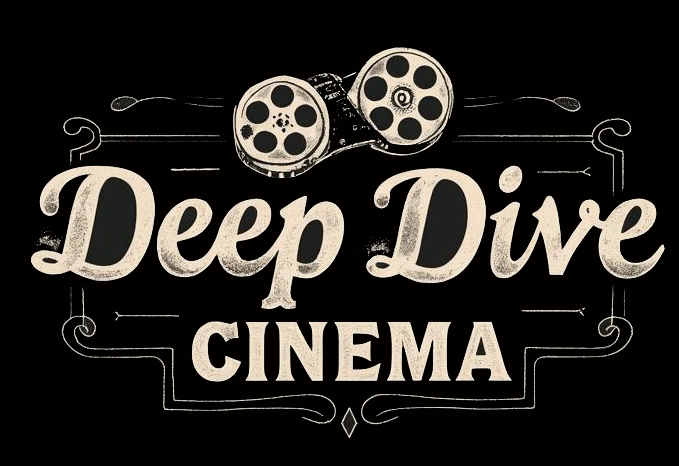🕰️ Historical Context
Between the turn of the millennium and the rise of streaming culture, a new wave of women dominated the screen—grappling with identity, celebrity, and the self in an era obsessed with trauma, authenticity, and performative pain. These weren’t It Girls—they were *survivors*, *shapeshifters*, *icons of fracture*.
Neo It-Girls & Trauma Saints describes a shimmering, volatile chapter in modern cinema—from the turn of the millennium to the mid-2010s. This was an era where young women onscreen embodied equal parts vulnerability, style, and psychological intensity.
As culture shifted—through third-wave feminism, internet saturation, and post-9/11 anxiety—so too did the emotional register of cinema. These actresses and their films explored mental health, identity crises, trauma, and resilience in rich and sometimes brutal ways.
📌 Key Points
- The term describes a trend, not an academic film movement
- Centered on young women navigating glamor and psychological depth
- Films grappled with trauma, instability, and identity in a changing world
- Indie cinema and digital platforms allowed new forms of storytelling
- Cultural factors like 9/11 and feminism shaped narrative tone
🔁 Common Themes
- Emergence of complex female leads in indie and mainstream film
- Explorations of trauma, healing, and social disconnection
- Third-wave feminism, online culture, and youth alienation
- Digital media’s influence on film visibility and celebrity
(Mentioned by: Google Gemini, Perplexity.ai, Claude 3 Sonnet, ChatGPT-4o, LLaMA 3, Grok, Mistral AI, Deepseek)
🕵️ Notable Differences
- Grok & Google Gemini: Highlight the informal, non-academic label of this "movement"
- Perplexity.ai & LLaMA 3: Treat the trend with more formal thematic significance
💡 Unique Model Perspectives
- Google Gemini: Emphasizes informal categorization and socio-cultural conditions
- Perplexity.ai: Zeroes in on female celebrity intertwined with trauma narratives
📽️ Technology & Culture
- Digital cinematography grew but retained 35mm prestige for auteurs
- Y2K aesthetics, MTV-style editing, and the rise of the prestige indie defined the visual language
- Celebrity gossip blogs blurred public/private personas—acting extended offscreen
- Trauma and mental illness became artistic focal points and Oscar bait
🎭 Archetypes & Shifts
The ingenue fractured: she became angry, medicated, hypersexual, or completely dissociative. These women weren’t simply acting—they were bleeding on film. Grit gave way to vulnerability, irony to confession. Think Portman, Ricci, Dunst, and the indie saints who lit the art house afire.
🎞️ Notable Films & Movements
- Girl, Interrupted (1999) – Institutionalized identity
- Lost in Translation (2003) – Alienation in high fidelity
- Black Swan (2010) – Perfection as psychosis
- Martha Marcy May Marlene (2011) – Cult trauma and disintegration
📰 Rumors, Reels & Headlines
Celebrity culture turned invasive—paparazzi were predators and stars became prey. The tabloid meltdowns of Britney and Lindsay haunted Hollywood. But these women weren’t cautionary tales—they were *mirrors*, cracked and reflecting us back to ourselves.

